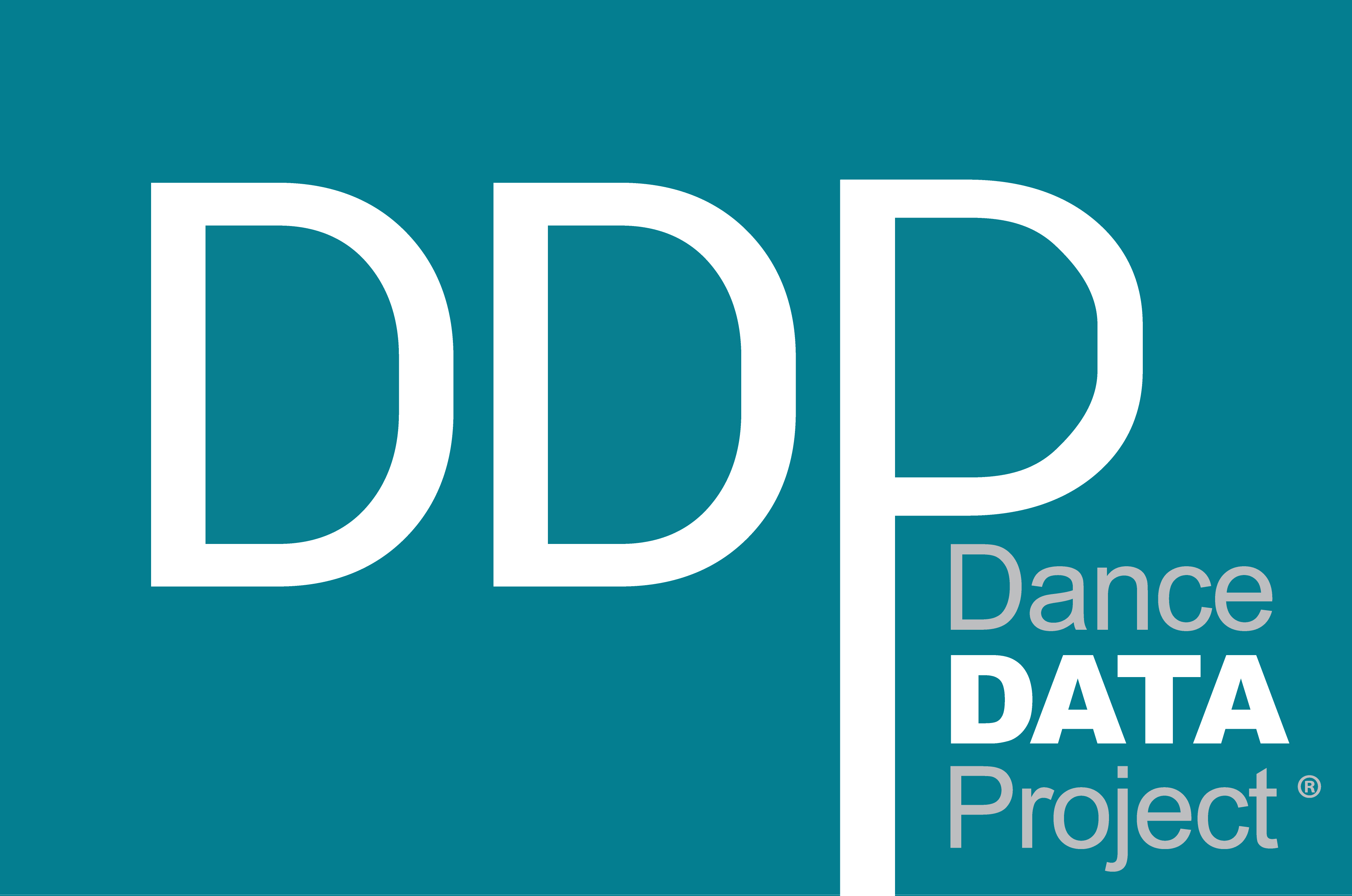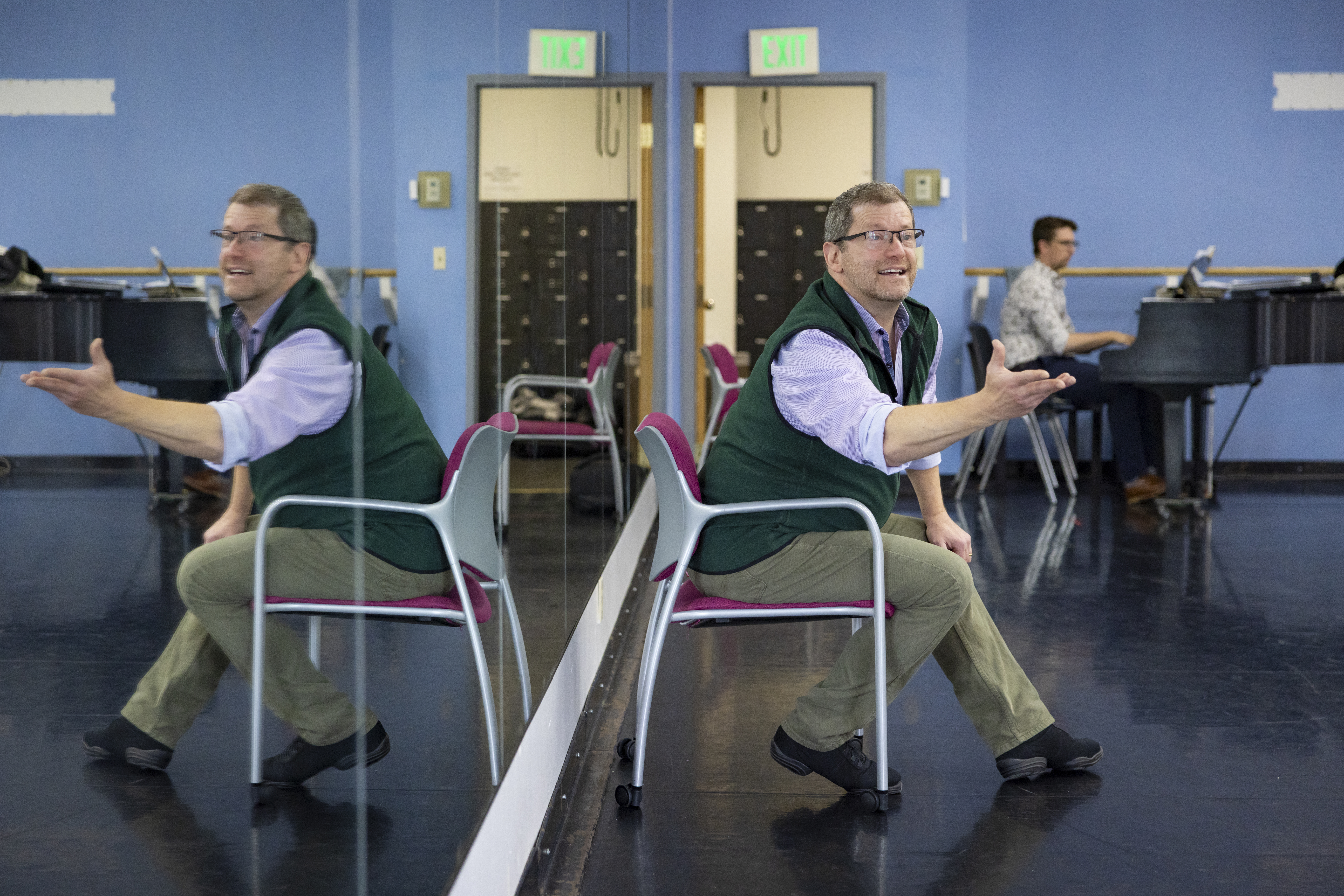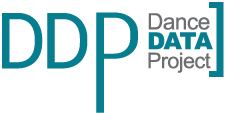DDP Talks To Adam Sklute (Artistic Director)
Ballet West
Conversation between DDP President & Founder, Liza Yntema and Ballet West Artistic Director, Adam Sklute.
Liza: Adam, thank you again so much for the warm welcome by the entire organization for our 25th (whoo hoo) Listening Tour. As you know, I was there to watch the Summer Intensive Festival organized by Allison DeBona and her husband Rex Tilton through artÉmotion, which started in 2015. DDP helped promote the choreographer search. So, what makes Ballet West’s Summer Intensive different? One example that immediately occurs to me is your teaching classes during the intensive.
Adam: My Artistic Staff and I do take a deep look at all the students while they are here for the Summer. I make it a point to teach at all the upper levels and to observe as many of the other levels as possible throughout the summer, with the hope of bringing them into our year-round program and eventually into Ballet West II and the company.
Liza: An unusually supportive arrangement – instead of you or Ballet West perceiving Allison & Rex’s idea as competitive or a threat, you embraced it. That seems to have paid off.
Adam: The artÉmotion program has brought so much to the Ballet West Academy and, by partnering, we have been able to expand the horizons of what a Summer Intensive program can be and what we bring to the students.
Liza: That leads to my second question: How do you support innovation such as dancers like Katlyn Addison (one of the few Black female Principals in a large company) doing their own projects?
Adam: Ballet West artists are a brilliant group of individuals with a great range of talents and I want them all to explore those talents. This gives them broader outlets for their creativity and reflects well on the company.
Liza: Ballet West has, congratulations, moved into the Largest 10, as determined by budget by expenditures for FY 2021 (the most recent year available from the IRS on a consistent basis). What are you doing right?
Adam: First of all, we never rest on our laurels, there is always more to do. But as far as repertoire – I think we work hard to strike a balance between high art and popular entertainment. I’m always striving to create just the right “meal” when planning a season: “comfort food” like The Nutcracker and Swan Lake; fun meals like Dracula and the Family Series; and more complex historical works for the pallet such as Les Noces or The Green Table; as well as yes, the Forsythe and Kylian masterpieces. Add to that always looking towards representation with more works by women, and people of all ethnicities. I also always want our stage to be populated by the broadest spectrum so that on any given performance our audiences of any ethnicity, gender, or background can relate to our performers and choreographers. I also feel our external affairs teams (marketing, ticketing, and fundraising) really understand our market and demographic so, together, we can really appeal to our community.
Liza: Salt Lake City is not a major urban area; how did you accomplish this growth?
Adam: It is truly amazing that a company with a budget that now puts us in the top 10 companies in America serves the smallest population of America’s top 40 companies. It really speaks to our communities, and state’s love of arts and culture. Our theater seats about 1,700 people and we are able to sustain 7 programs a year with approximately 30 Nutcrackers, 8-10 shows of our big full-lengths, and 5 of each of our mixed repertory programs with well-sold to full houses.
Liza: Has your location kept you far from critics?
Adam: There certainly is something to that but, I will say, our audiences are very discerning and – from my own experience having lived and worked in major metropolitan cities in the country – they are more musically and artistically sophisticated in general than most audiences in those big cities. Also, we have had leading critics from around the country come out to review us here in Salt Lake City, so we must be presenting some things they feel are important.
Additionally, though, I am not completely convinced dance criticism makes or breaks the success of a work or a company these days – but that’s another conversation☺.
Liza: I would also like to point out and commend you for what many might perceive as risky or bold programming – far more women. You aren’t relying just on Balanchine & more Balanchine, or full-lengths choreographed by a small group of (white) men. Yet, your subscription base is growing, for now 2 years in a row. What is the magic? I bet so many companies would love to hear!
Adam: Thank you. To expand a bit on my earlier couple of answers about programming – While we certainly do still present plenty of full-lengths and works by Balanchine, I have worked hard over the past 16 years to broaden that spectrum and give audiences exciting programming, both historic and new by a range of women choreographers and artists of color. It’s really about access and exposure for the audiences (and artists). I am grateful to my administration and board that they support our taking chances with a broad spectrum of programming. I’d like to think we take our public on a journey and the more we can show engaging and inspiring works, no matter how unknown, new, or unique, our audiences trust they will have a fulfilling experience no matter what they come to see at Ballet West.
Liza: Let’s talk about BW’s remarkable outreach efforts. For many companies, I have to be honest, it’s a “check the box” and an opportunity to garner more funding through grants. Surface deep. How is Ballet West different?
Adam: This is really thanks to the commitment and genius of our Director of Education and Outreach, Peter Christie, who heads our efforts with Community Engagement. He was a dancer with the company, then trained with Jacques D’Amboise’s National Dance Institute. He has taken many of the past programs we have done for decades and is constantly updating them. For us, this is a major part of our mission and, I feel it is vital to building our future audiences, but also for building a healthy society. We currently reach over 100,000 students and adults from all around the intermountain region with a number of different programs ranging from bussing children and special needs audiences in to see certain performances, to our second company and trainees going into the schools with lecture demonstrations that, on a rotating basis, reach every elementary and middle school in Utah over a five year period. Our I CAN DO Program (acronym for Inspiring Children About Not Dropping Out) goes into the inner city schools and teaches groups of kids to create choreography, work as a team, and collaborate in movement (one exciting offshoot of this program is that we are now beginning to see some of these kids coming up into our own Ballet Academy and one young man from the I CAN DO program is now in Ballet West II and represented BW at the Prix de Lausanne! We also have programs like dance access for people with different physical challenges and abilities to learn to dance – a number of our company members and top-level students donate their time to this project. We also offer programs to teach ballet to the incarcerated. Like I said, Our Community Engagement and Outreach efforts are a vital part of what we do at Ballet West.
Liza: You have talked about exploring child/daycare. The US stands alone in the developed world in not having federal policies and funding support – which of course puts smaller employers at a huge disadvantage. Kudos to you for even considering – any thoughts?
Adam: We’re still not there yet but it just makes sense. We have more and more dancers in the company who are starting, expanding, or considering starting families as well as plenty of staff members who have young children as well. Wouldn’t it be wonderful to create on-site daycare so we can assist our working families?
Liza: What do you think are the most necessary reforms in ballet as an art form and as an economic sector?
Adam: I was really proud we took a chance to bring back Bronislava Nijinska’s 1923 Les Noces last year in celebration of the 100th Anniversary of its creation. It is a huge, complicated endeavor but it truly is a masterpiece with 40 dancers, a chorus of 40 singers, 4 pianos, and percussion. Plus it is a rarely seen example of a woman choreographer. People often forget that some of the greatest ballet and dance works of the 20th century were created by women. Les Noces got us back to The Guggenheim in New York, garnered international recognition, and quite unexpectedly exceeded our ticket sales goals with our local public. This season I am really excited about our annual Choreographic Festival which I have entitled Asian Voices. With this program we will be celebrating Asian artists in classical Ballet with two new commissions for Ballet West, one by rising star Caili Quan and another by emerging choreographer Zhongjing Fang – we will also be inviting a guest company to join us. We have been invited back to The Kennedy Center twice this season with The Nutcracker at Thanksgiving and the Asian Voices choreographers in June (that makes seven times in 16 years we have been honored to perform at that major American venue).
Liza: How can DDP do more? Have more of an impact?
Adam: The research and metrics DDP has come forward with are so helpful to all of us for gauging where we are in our work and helping us realize what is working and what needs improving. I would love to see a way of creating platforms and opportunities for companies around the country to collaborate more and, perhaps, with a greater understanding of the artistic perspectives of every company, we could understand each of our unique aesthetics and profiles and where there might be opportunity for joint work and collaboration.







 Angela Harris teaching as a National Visiting Fellow at the School of American Ballet, Courtesy of School of American Ballet
Angela Harris teaching as a National Visiting Fellow at the School of American Ballet, Courtesy of School of American Ballet